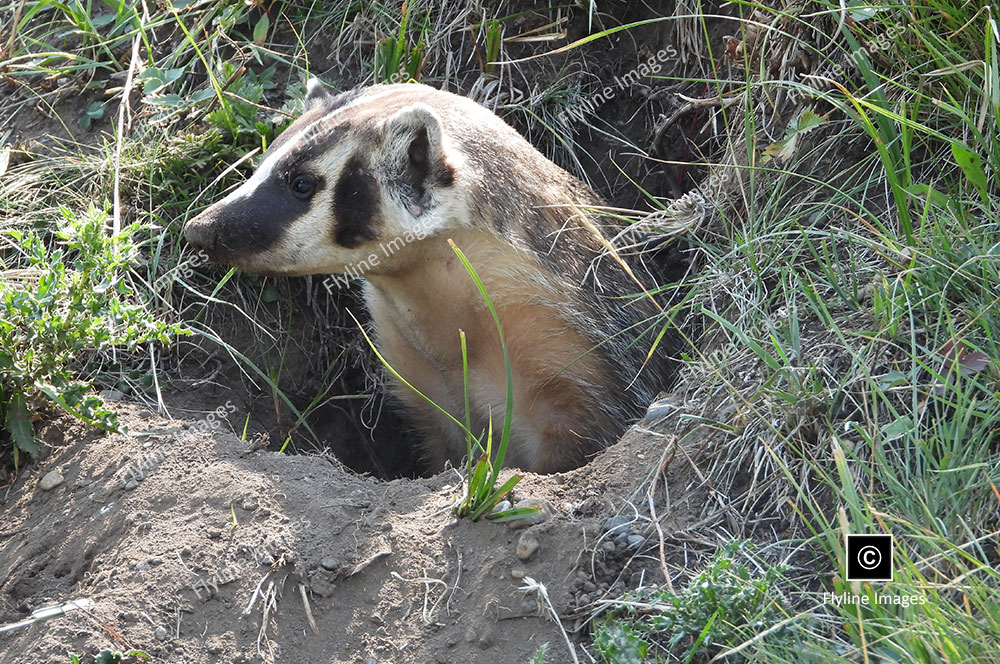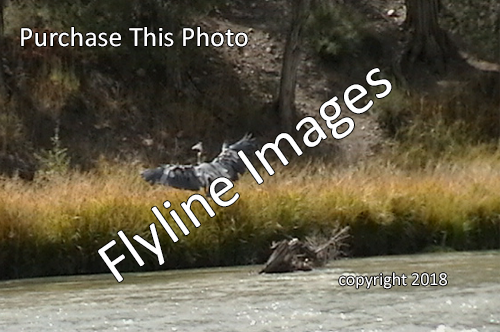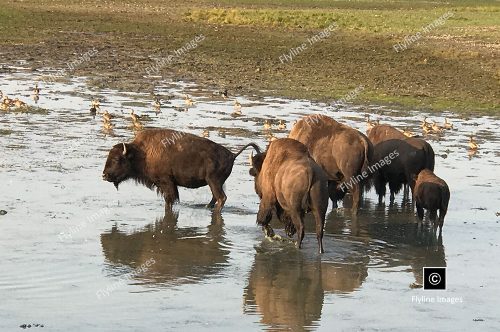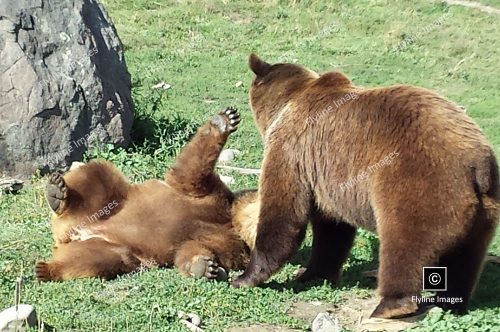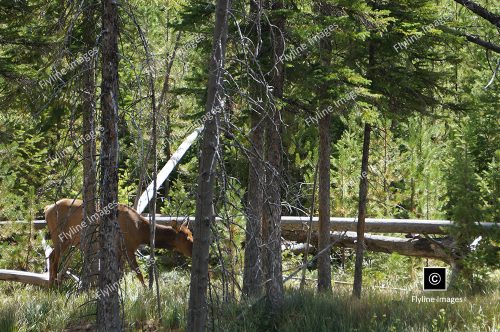Honey Badger In Yellowstone National Park
Honey Badger DSCN1411
$10.00
Description
Purchase this photo of a honey badger, taken in the Lamar Valley. What an incredible animal.
Image & Download Information
When you purchase this photo, you will be granted access to download the image. We have provided 3 image size options, Large 4000 x 2500, Medium 2000 x 1250 and Small 1000 x 625.
MORE ABOUT THIS PHOTO
Honey badgers, known for their remarkable resilience and fearless nature, are in fact not residents of Yellowstone National Park. These intriguing animals primarily dwell in Africa, Southwest Asia, and the Indian subcontinent. Their ability to survive in various ecosystems, from dry savannahs to rainforests, underscores their adaptability but does not extend to the temperate regions where Yellowstone is located. The misconception may stem from their notorious reputation for toughness and resourcefulness, qualities that might lead one to imagine they could thrive in Yellowstone’s challenging environments alongside its diverse wildlife. Nonetheless, the park is home to its own unique fauna, such as bears, wolves, and bison, each adapted to the specific conditions of the Yellowstone ecosystem.
However, this does not mean that honey badgers have no role to play in the larger ecosystem. They may not be direct inhabitants of Yellowstone, but they still have an impact on the park’s biodiversity and overall health. Honey badgers are known for their remarkable digging skills, a trait that is beneficial to the environment as it helps aerate soil and redistribute nutrients. This not only benefits plants but also smaller animals that use their burrows for shelter.
Additionally, honey badgers are opportunistic predators, feeding on a variety of prey including insects, small mammals, and reptiles. This helps to control the population of these species and maintain balance within the ecosystem. They also serve as scavengers, consuming carrion and preventing the spread of disease by cleaning up carcasses.
Furthermore, honey badgers are known to have a symbiotic relationship with certain bird species, such as the greater honeyguide. These birds lead honey badgers to beehives in exchange for access to the leftover wax and larvae after the honey badger has finished feeding. This mutually beneficial relationship highlights the interconnectedness of different species within an ecosystem.

